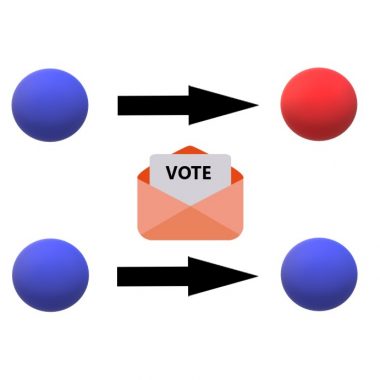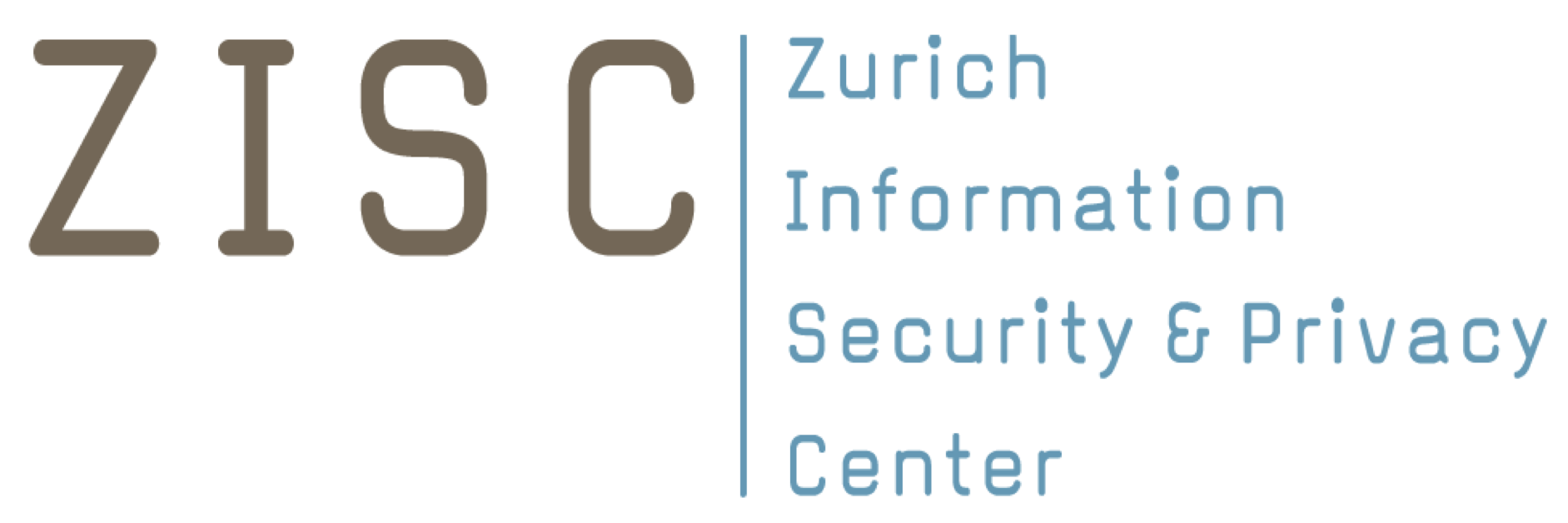Secure Governance Schemes for Blockchains

Status:
This project started in Fall 2019 and has been successfully completed in 2023.
Researchers:
Prof. Dr. Hans Gersbach (ETH)
Dr. Akaki Mamageishvili (ETH)
Manvir Schneider (ETH)
Description:
Systems based on blockchain technology are promising, as they can be decentralized and rendered robust against attacks. A blockchain is a (distributed) ledger, in which all transactions are recorded sequentially. Because such systems build on distributed consensus –i.e. they require a large number of participants to agree on whether a new transaction should be valid, which they do by holding a copy of the ledger– they function without the need to build trust among its participants or to rely on a trusted third-party.
A blockchain is also governed by a number of parameters such as the block size, the upgrade specifications or the reward systems for validators. Following the decentralization principle underlying distributed consensus, it should be possible for all blockchain stakeholders to have a say on changing these parameters, i.e. to decide about the governance of the blockchain. Yet, most blockchains exclude the majority of stakeholders (participants) from governance.
We develop a new secure voting scheme for the governance of a proof-of-stake blockchain, which we generically call Blockchain Assessment Voting (BAV). Although our focus is on governance, we also expect to reap insights that can be helpful to achieve distributed consensus more efficiently.
BAV schemes consist of two voting rounds. When a proposal is made, some randomly selected stakeholders obtain voting rights in relation to their stakes, but their anonymity is preserved. These stakeholders (simultaneously) vote on the proposal on the table, which is pitted against the status quo. The result of this first voting round is observed by all stakeholders, no matter whether they participated in the first round or not. Upon publication of the first-round results, the proposal may be retracted or amended by its authors, in which case BAV stops. Alternatively, BAV may also stop if some pre-determined vote threshold has not been reached in this first voting round. If it has not stopped, the scheme continues with the second stage, in which the proposal is put to vote among the remaining stakeholders. The final decision between the proposal and the status quo is taken by adding the votes of the two voting rounds.
In the context of blockchains, one might also want to allow stakeholders to delegate their voting rights to other participants, but this could open possibilities for manipulation. We will use mathematical tools and a blockchain architecture based on proof-of-stake to assess whether and how BAV schemes could be used to improve outcomes in blockchain decisions and how they could prevent manipulation of outcomes by a small coalition.
Publications:
- H. Gersbach, A. Mamageishvili and M. Schneider, “On the Impact of Vote Delegation”, MARBLE 2022 (forthcoming)
- H. Gersbach, A. Mamageishvili and M. Schneider, “Vote Delegation and Misbehavior”, SAGT 2021, LNCS 12885, p. 411, 2021 [pdf]
- H. Gersbach, A. Mamageishvili and M. Schneider, “Vote Delegation and Malicious Parties”, 2020 IEEE International Conference on Blockchain and Cryptocurrency (ICBC), Toronto, ON, Canada, 2020, pp. 1-2, doi: 10.1109/ICBC48266.2020.9169391 [pdf]
Working Papers and Preprints:
- H. Gersbach, A. Mamageishvili and M. Schneider, “Staking Pools on Blockchains,” Preprint, 2022 [pdf]
- H. Gersbach, A. Mamageishvili and M. Schneider, “On the Impact of Vote Delegation”, Preprint, 2022 [pdf]
- H. Gersbach, A. Mamageishvili and M. Schneider, “Risky Vote Delegation,” CEPR Discussion Paper DP17044, 2022 [pdf]
